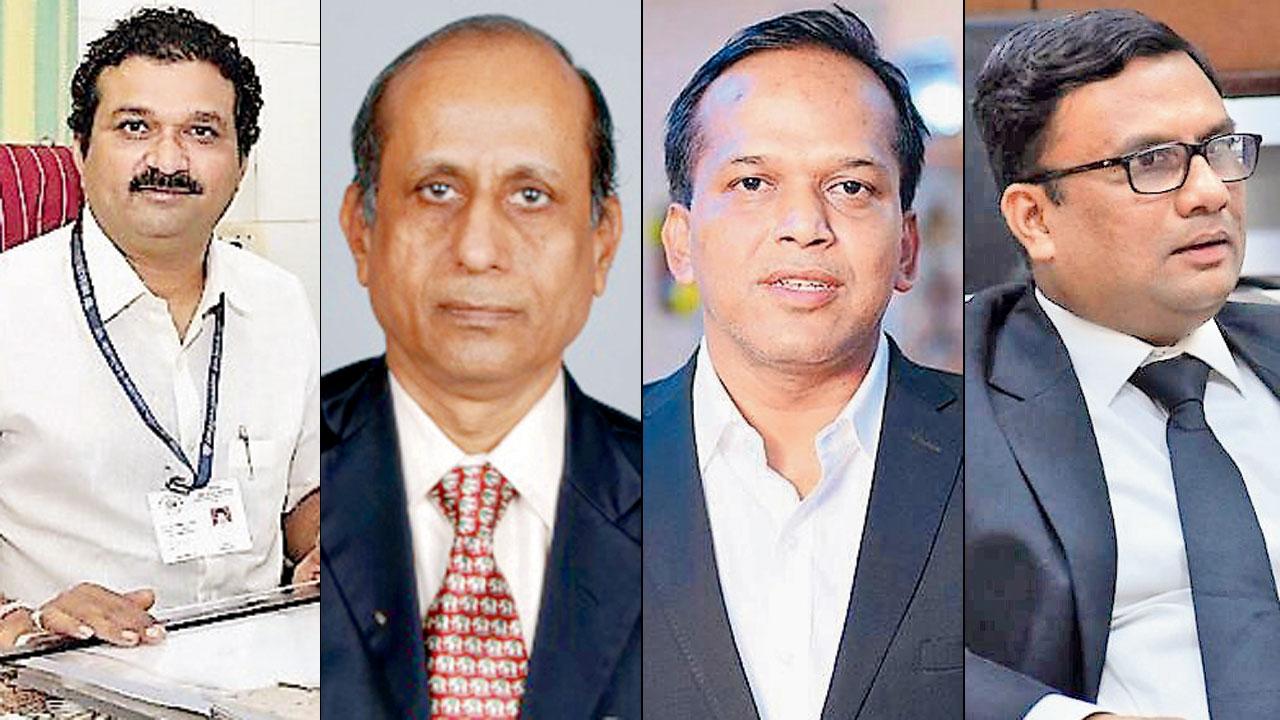Forensic experts say prosecutors must turn to the circumstantial evidence to nail the accused Aftab Poonawala

In case of strangulation, the hyoid bone, which is below the lower jaw, usually gets fractured. Representation pic
The prosecution and next of kin of Shraddha Walkar will never be able to know her exact time, place and cause of death, which is crucial to prove a homicide case, say forensic surgeons. They added that even if the accused Aftab Poonawala admits to strangling Shraddha, this can never be proven, as the neck was separated from the head, and the neck bones and head have not yet been found. The prosecution will need to focus more on circumstantial and scientific evidence, to win the case after the DNA from retrieved bones confirms them to belong to Shraddha, and not otherwise.
ADVERTISEMENT
Dr Rajesh Dhere, professor and head of department, forensic medicine and toxicology, LTMG hospital, said, “In homicidal cases, ascertaining the time, place and cause of death is crucial. The forensic surgeon rewinds the circumstances in which the accused committed the crime and the manner of death, which in return helps the investigators to come to a logical and scientific conclusion about the murder.
Also read: Poonawala has done everything possible to destroy evidence, say forensic experts

Dr Rajesh Dhere, Dr Pravin Shingare, Adv Dinesh Tiwari and Adv Shreeprasad Parab
He added, “Here, the police have only relied so far on the circumstances of the case and the accused’s confession, which has led to the seizure of a few bones, which are yet to be confirmed as Shraddha’s. However, the accused’s admission of having strangled Shraddha to death before cutting her body into pieces will be a clinching part of the investigation, as due to time lapse, the body parts found are in the form of bones, with no tissues, making it difficult for any forensic surgeon to opine precisely the cause of death as strangulation.”
Dr Pravin Shingare, former director, Directorate of Medical Education and Research, Maharashtra, and former dean of Grant Government Medical College, and an expert in forensic anatomy, also admitted that it would be difficult to ascertain the cause, time and place of death of the deceased, “In case of strangulation, there is a high probability that the hyoid bone (below the lower jaw) gets fractured, due to inward and outward compression force applied over the neck, leading to death. In this case, as the skull and neck are missing, it would be difficult to get intact remains of the bone, so providing strangulation as the reason for death will not be possible. The time of death is usually ascertained through physical signs of dead body viz setting in of rigor mortis and from the remains of stomach content, but none of these materials is available in the present case. Thirdly, as the crime scene (house) was cleaned, as claimed by the accused, ascertaining the ‘place of crime’, from such a site, will be difficult. Hence, investigators need to focus more on circumstantial and scientific evidence to nail the accused.”
Advocate Dinesh Tiwari, who has been handling criminal litigations for over two decades, said, “As we learn through media reports, there is no direct eyewitness to the murder or the claims made by the accused. In such a case, the entire prosecution’s case of murder would rest upon the circumstantial and forensic evidence, which has to ascertain the identity of the deceased and establish an act of homicide.”
“Usually when the prosecution’s case is based on forensic evidence, cause, time and place of death are very crucial to ensuring conviction by connecting all the missing dots in the chain of circumstantial evidence. Without finding the skull and other body parts, it is impossible to conclude the manner in which Shraddha was hacked to death,” he said.
“Unless the statement of the accused is recorded under Section 164 of the Criminal Procedure Code before a magistrate, the statements given to police during the course of an investigation cannot be used as evidence even for charge-sheeting the accused, forget conducting the trial on such basis, therefore the entire investigation should be to strengthen the circumstantial and scientific evidence, which is legally admissible against the accused,” Tiwari concluded.
Circumstantial evidence is key
Advocate Shreeprasad Parab, a constitutional expert, said forensic science and cyber technology are so advanced that a criminal cannot go free, citing the example of the identification of a 3,500-year-old Egyptian mummy as that of pharaoh Hatshepsut. “If the entire case is based on circumstantial evidence, then such evidence shall not be conclusive proof but can be used as a path for further investigation and discovery. If the prosecution establishes the chain of circumstances and completes the chain, the guilt of the accused can be drawn. The prosecution has to prove that the accused and no other person committed the offence with all human probability,” he concluded.
 Subscribe today by clicking the link and stay updated with the latest news!" Click here!
Subscribe today by clicking the link and stay updated with the latest news!" Click here!







